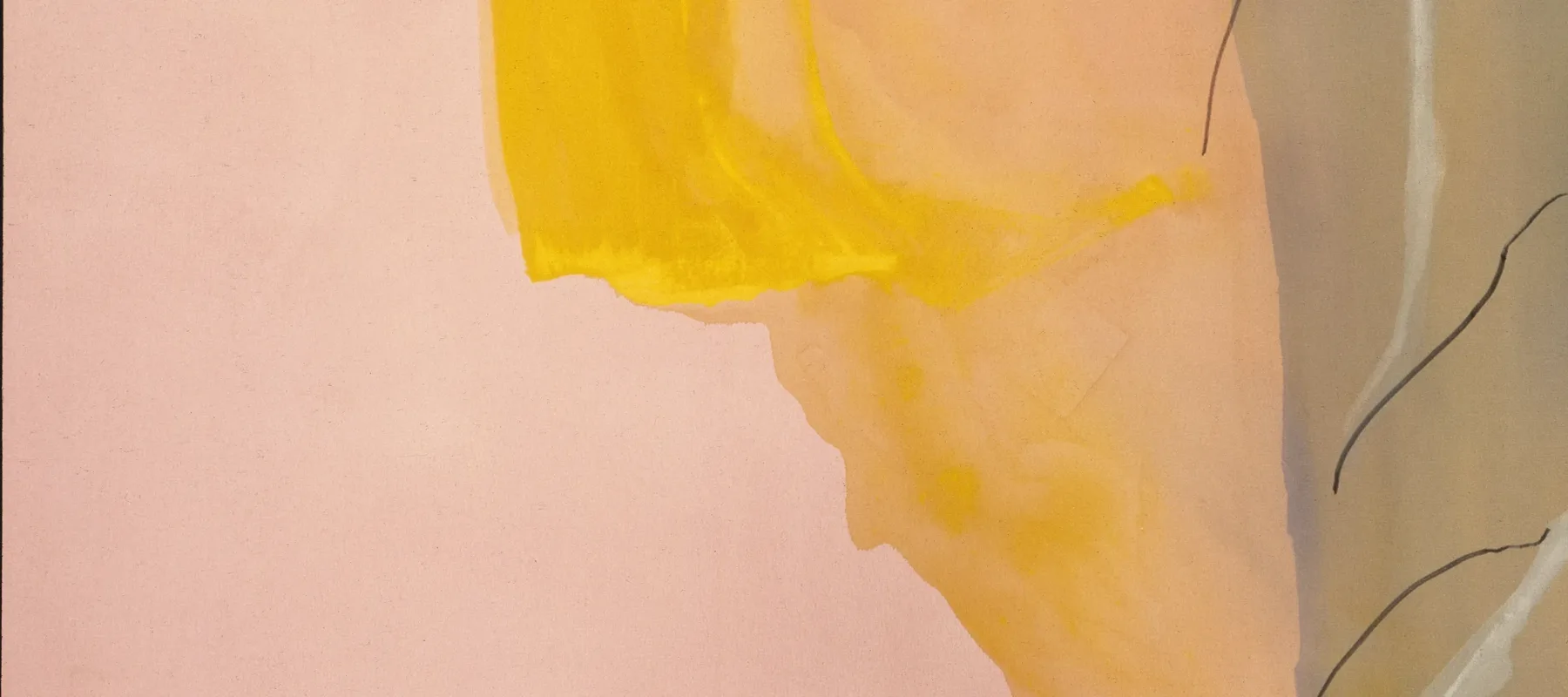From Monday, December 17, through Friday, December 28, NMWA’s third-floor galleries will be closed to the public for a major reinstallation of art from the collection. The special exhibition Rodarte will be open, as well as Ambreen Butt—Mark My Words, and Full Bleed: A Decade of Photobooks and Photo Zines by Women in the Library and Research Center.
The museum’s collection contains more than 5,000 works of art spanning from the late sixteenth century through today. The reinstallation will continue to emphasize connections between historical and contemporary art, and will be organized around five themes: family, homelands and migration, rebellion, the built environment, enclosures, and nature.
Preview several pieces to look forward to, and visit after December 28 to experience these works—and more—in person:
Kimsooja, The Earth, 1984
This large textile collage comprises cloth that Kimsooja gathered from family members, stitched into loose geometric forms, and embellished with thick embroidery and paint. For the artist, sewing transcends ordinary, feminine associations, becoming a conduit for metaphysical experience.
Helen Frankenthaler, Spiritualist, 1973
Part of the Abstract Expressionist movement, Frankenthaler created paintings like Spiritualist by pouring thinned pigment onto an unstretched canvas spread on her studio floor. The paint soaked into the raw fibers of the untreated canvas, staining the fabric. She let her colors flow freely into shapes, manipulating them only minimally with her brush or fingers.
Jaune Quick-to-See Smith, Indian, Indio, Indigenous, 1992
Quick-to-See Smith describes this richly layered painting as a “narrative landscape.” The artist collaged an array of materials to comment on the historical desecration of American Indian lands, as well as continued injustices to native peoples and their culture.
Elizabeth Adela Stanhope Forbes, Will-o’-the-Wisp, 1900
Based on The Fairies by Irish poet William Allingham, Will-o’-the-Wisp depicts the story of Bridget, who was stolen by the “wee folk” and brought into the mountains. Forbes set the narrative in a moody autumnal landscape rendered with precise natural detail. The oak frame imitating the painted tree limbs incorporates lines from Allingham’s poem.
Alison Saar, Mirror, Mirror: Mulatta Seeking Inner Negress II, 2014
Through powerful forms and narrative detail, Saar explores identity, gender, and history. In Mirror, Mirror a light-skinned figure contemplates her dark reflection. Positioning the figure’s back to viewers, the artist denies access to the woman’s face except as a reflection.
